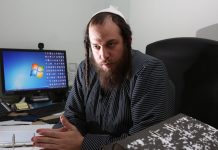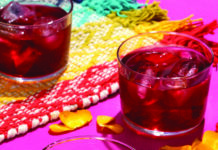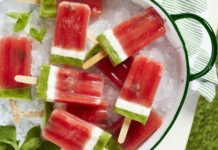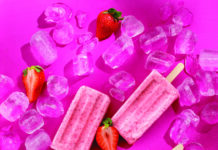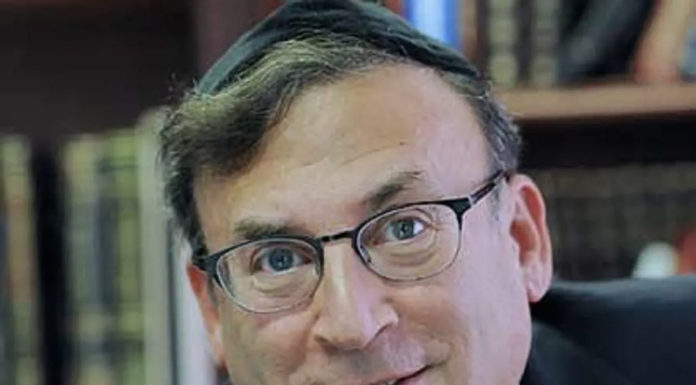Having grown up in Toronto, I am quite familiar with its frum community. All of us Torontonians know each other, and there’s a nice “out-of-town vibe” there. It’s rare for me to find a new shul or community center in the area that I’ve never heard of before. That’s why I was surprised during a recent visit to Toronto when my father asked me to join him for Shabbos davening in a shul I’d never been to before. It was a 25-minute trek from my grandmother’s house, where my family was staying, but I’m very glad my father took me there.
The shul, officially known as Kahal Yereim, is located in the basement of the home of Rabbi Avraham Gislason, who welcomed us warmly. We were escorted downstairs, where a large room had been converted into a shul, complete with a beautiful aron kodesh, a bimah, bookcases filled with sefarim, tables and chairs, and a small ladies’ section.
As the davening began, people started pouring in. The crowd was quite diverse. There were a few yeshivish-type people in black hats, several men in shtreimels, a sprinkling of Modern Orthodox fellows, and even someone with a ponytail. They had all come for the same purpose—to spill their hearts out to Hashem. The davening was full of singing, and during kriyas haTorah I was honored with an aliyah. After davening, all of the mispallelim made their way upstairs and into the Gislason family dining room, where a lavish Kiddush had been prepared. In addition to an assortment of cakes and cookies, there were several types of kugel, herring, cholent and even chicken wings.
Someone made Kiddush and the crowd dug in. As my father poured me a l’chaim, he mentioned that Rabbi Gislason was a winemaker by profession and is famous for his kosher ice wine, which is produced in the Niagara Falls region. Soon enough, I saw Rabbi Gislason making his rounds with a bottle, pouring some of this special wine into people’s cups. After completing his rounds, he stood at the head of the long table and delivered a ten-minute dvar Torah on the parshah, mixed with anecdotes and chasidic gems. It was clear that Rebbe Nachman—or “Rabbeinu,” as Rabbi Gislason called him—played a big role in his life as he quoted him many, many times.
On our long walk back home we talked about my first impression of the shul, and my father mentioned casually that Rabbi Gislason is a ger tzedek. Now I was really intrigued; I don’t think I’d ever heard of a Breslover ger tzedek winemaking rabbi before. My first thought (nisht oif Shabbos geredt) was, Wow! I really need to interview this guy. And so a short time later I found myself driving from Toronto to Niagara Falls, where Rabbi Gislason’s winery is located.
* * *
The weather is cool and overcast, and a light drizzle falls from the sky. Rabbi Gislason comes out to greet me as I pull into the parking lot. After a warm “shalom aleichem,” he takes me inside the facility and onto the production floor, where the first thing I notice is the strong smell of wine that permeates the air. The hum of the many machines is quite loud, forcing us to shout just to hear each other. Rabbi Gislason introduces me to a mashgiach from Toronto’s COR kashrus agency who is on site today; the wine is also certified by two other kashrus agencies.
“Up until the wine is mevushal,” Rabbi Gislason tells me, “I have to do every part of the process myself. Every single opening on every tank is sealed so that there are no issues with yayin nesech.” He proudly shows me the many locks and security devices on his vats.
As we walk around the plant, I see wine being pumped from a fermentation vat up into a winepress. “That’s 23 tons of grapes,” he says casually. “Red wine is made by crushing the grapes and then fermenting them together with the pulp in order to retain the red color; white wine is made only from the juice. This here is the ‘mevushalizer,’” he adds, pointing to a modern marvel known as a flash pasteurizer, which heats the wine to the boiling point for a fraction of a second, rendering it mevushal.
We then ascend a narrow steel staircase up to the catwalk overlooking the production floor. As I follow Rabbi Gislason up the stairs, I notice that his skin seems to have a purplish tinge. When I mention it, he laughs. “We had a bit of an accident earlier today,” he says. “Someone forgot to turn off the pump, so one of the tanks overflowed. I happened to be standing under it and I got a shower.” Although this small error caused a loss of over a hundred bottles of fine wine, he seems to take it all in stride and remains in good spirits (pun intended).



